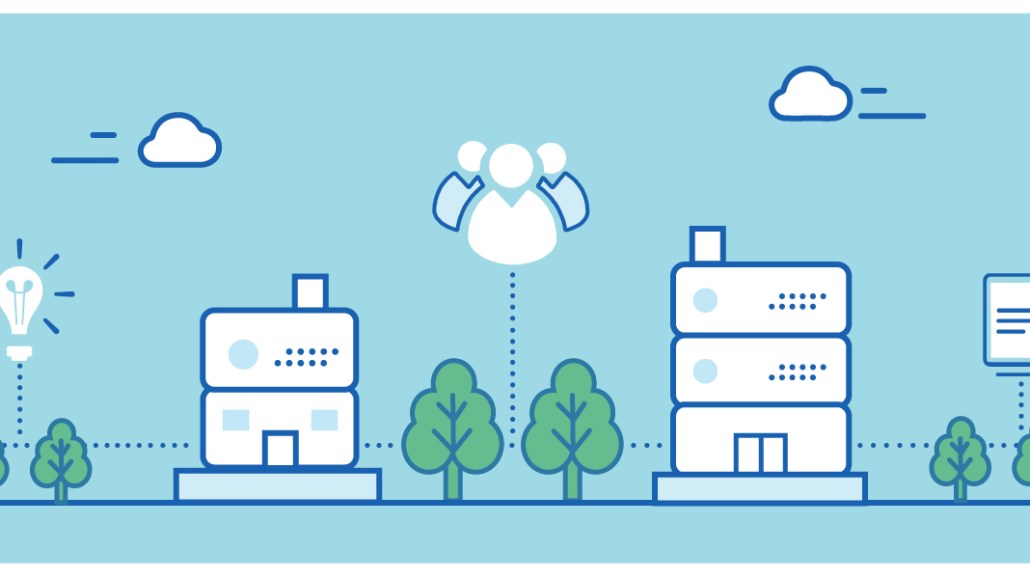
by Marissa Aydlett, senior vice president marketing, Braze
In the wake of GDPR, marketers can be forgiven if they’re tempted to take the digital equivalent of pulling the covers over their heads and hoping that if they’re very, very quiet, the regulatory monsters will go away. But take comfort from the cartoon that Kleiner Perkins’ Mary Meeker quoted at this year’s Code 2018: “Just because I hate you doesn’t mean I don’t love you.” Your customers value your services, and when you speak to them like friends as opposed to targets, they’ll be quick to return the favor by giving you their loyalty—and even their advocacy.
Yes, the Privacy Paradox that Meeker outlined is real: Customers value low-cost (or free) digital services powered in part by their own data. They ultimately spend more time on those services, which in turn triggers regulators’ interest in ensuring that consumers’ personal information is not misused. But Meeker tells us we’ve got to get out from under the covers: “It’s crucial to manage for unintended consequences… but it’s irresponsible to stop innovation and progress.”
Let’s face it: Humans are complicated. When sharing data to access a service they value (like yours), there’s an expectation that you will keep up as they respond to messages differently by channel, and as circumstances in their lives change. Technology systems are also increasingly complicated, offering marketers choices of their own. Your team can use technology as a canvas for creativity to orchestrate brilliant experiences that let consumers know they’re understood. As a marketer, when you’re confident of your customers’ identity—as in,who they are today, in the here and now, not yesterday or last week—you can take liberties with the personalization of messaging without fear of a misstep.
That’s the power of unbounded data. With decades-old systems that aren’t connected, your vision is limited to discrete views or snapshots of your customers that quickly grow stale. Stream processing fuels insight drawn from analysis of data within self-selected windows of time, knowing that the picture of your customer is always true to who they are at that moment. Let’s call it just-in-time marketing. It’s a fresh approach to strategic thinking based on the speed to market enabled by technology.
Are your teams ready to accommodate this always-on approach to strategy and consumer experiences? Committing to cross-channel messaging with a just-in-time mindset means that collaboration skills and processes are no longer nice to have, they’re table stakes. These days, if internal teams vary in their ability to test and learn, to iterate strategically in the here and now, your silos are showing out here in the real world. And make no mistake, your customers will notice and take you to task. If your marketing organization is stuck in time, your business will get left behind.
At Braze, our new brand campaign is meant as a call to action to join consumers in the here and now. Customers are interacting with brands when they want, how they want. Every second that you hesitate, the value of your data deteriorates. Because, ready or not, shift happens.
Check out the Braze Cross-Channel Difference Report and learn how you can boost engagement by more than 800%.
More from Digiday

Why the New York Times is forging connections with gamers as it diversifies its audience
The New York Times is not becoming a gaming company. But as it continues to diversify its editorial offerings for the digital era, the Times has embraced puzzle gamers as one of its core captive audiences, and it is taking ample advantage of its advantageous positioning in the space in 2024.

Why B2B marketers are advertising more like consumer brands to break through a crowded marketplace
Today’s marketing landscape is more fragmented than ever. Like consumer brands, business brands are looking to stand out in a crowded and competitive marketplace, making marketing tactics like streaming ads, influencers and humorous spots more appealing.

As draft puts WNBA in spotlight, the NBA is speeding up ballplayers’ transition to creators
The NBA’s star athletes are its greatest marketing asset.





